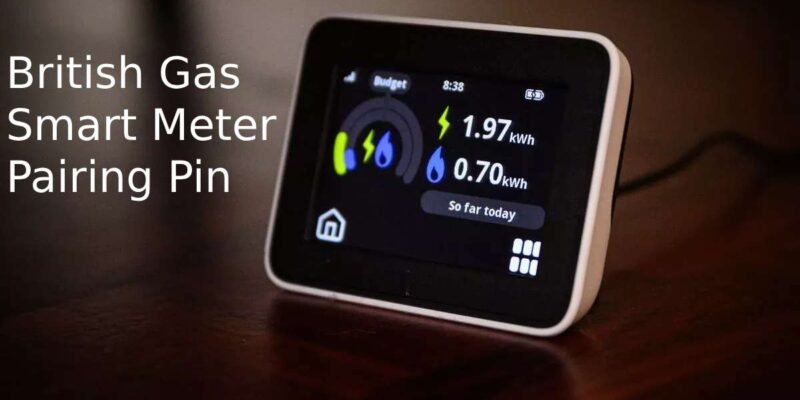In the world of energy management, technology has been rapidly advancing to offer users more control and convenience. One such innovation is the British Gas Smart Meter, designed to make monitoring and managing energy consumption easier than ever before.
In this article, we’ll delve into a crucial aspect of using a British Gas Smart Meter – the pairing pin. We’ll discuss what it is, why it’s important, how to find it, and troubleshoot any issues that may arise during the pairing process.
Understanding the British Gas Smart Meter
What is a Smart Meter?
A smart meter is a technologically advanced device that replaces traditional gas and electricity meters. It offers real-time information about energy consumption, eliminating the need for manual meter readings. This technology helps both consumers and energy providers monitor usage efficiently.
How Does It Work?
Smart meters collect data on energy usage and send it directly to your energy provider. This two-way communication allows for accurate billing and helps you identify patterns in your energy consumption.
The Significance of the Pairing Pin
What is a Pairing Pin and Why Do You Need It?
A pairing pin is a unique code that establishes a secure connection between your British Gas Smart Meter and the in-home display unit. It ensures that only authorized devices can communicate with your meter, adding an extra layer of security to your data.
Ensuring Secure Communication
Secure pairing prevents unauthorized access to your meter’s data. It guarantees that the information transmitted between your meter and display unit remains confidential and accurate.
Locating the Pairing Pin
Where to Find the Pairing Pin?
The pairing pin can often be found on a card provided with your smart meter. It’s a 6-to-8-digit code unique to your device.
Checking the User Manual
If you can’t locate the pairing pin, refer to the user manual. It will have detailed instructions on where to find it.
Contacting British Gas Support
If all else fails, reach out to British Gas customer support. They can guide you through the process of finding the pairing pin.
Common Issues and Troubleshooting
Incorrect Pin Entry
If you enter the pairing pin incorrectly, the devices won’t connect. Double-check the pin and try again.
Connectivity Problems
If the devices don’t pair despite correct pin entry, ensure they’re within range of each other. Avoid interference from thick walls or other electronic devices.
Firmware Update Requirements
Outdated firmware can cause pairing issues. Make sure both devices have the latest software updates.
Why Is Secure Pairing Important?
Protecting Your Data
Secure pairing prevents unauthorized parties from accessing your energy usage data, ensuring your privacy.
Preventing Unauthorized Access
Hackers and unauthorized devices are unable to tamper with your energy data, maintaining the accuracy of your bills.
Advantages of Using a British Gas Smart Meter
Accurate Real-Time Energy Usage
Monitor your energy consumption in real-time, allowing you to adjust usage habits for efficiency.
Budgeting and Cost Management
Smart meters provide insights into how much energy different appliances use, helping you budget effectively.
Conclusion
In conclusion, the British Gas Smart Meter’s pairing pin is a crucial element that ensures secure and accurate communication between your smart meter and display unit.
By following the provided guidelines, you can easily pair these devices and make the most of their benefits, including real-time energy usage monitoring and efficient cost management.
Remember that secure pairing enhances both your data privacy and the accuracy of your energy consumption data. So, go ahead and make the most of your smart meter by utilizing the pairing pin effectively.
For more articles, visit Unique Thinkings.









